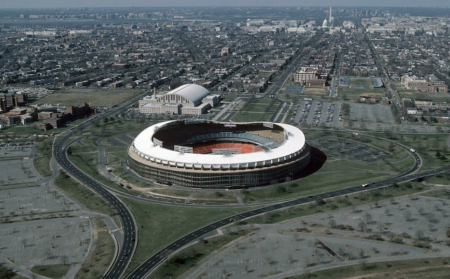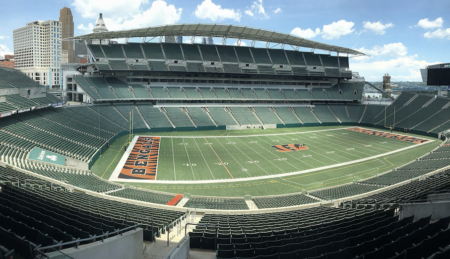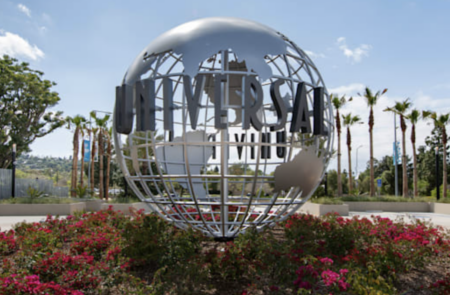The Supreme Committee for Delivery and Legacy (SC) has unveiled the design of Al Rayyan Stadium – the fifth proposed host venue for the 2022 FIFA World Cup in Qatar.
Built on the site of Al Rayyan Sports Club’s existing stadium, Ahmed Bin Ali Stadium, work is due to be completed in the first quarter of 2019. The stadium will have a capacity of 40,000 spectators in tournament mode, and this will be reduced to 21,000 post-tournament with the upper tier of seats removed and sent to developing nations in need of sports infrastructure.
The stadium will reportedly feature sustainable cooling technology to help ensure comfortable viewing conditions for fans and a cooler playing temperature for players during the tournament and the legacy use of the stadium for domestic competitions, international matches and tournaments hosted in Qatar.
Up to 90% of materials generated from the deconstruction of the current stadium will be re-used. Some of the materials will be used by local and international artists to create works of public art. Other materials to be reused include: timber doors, windows and frames in the accommodation and the site offices; water fixtures and fittings, light switches and sockets in the accommodation; concrete, which was crushed and stored for future site levelling works; reinforcement bar and other metals which are to be recycled by Qatar Steel; topsoil, which has been stockpiled for future precinct landscaping works or sold to others; and scrap timber which will be recycled by licensed centers across Qatar.
The design will apparently actively reduce the carbon footprint of the stadium and precinct through on-site renewable energy, the lightweight building design, careful selection of materials, and energy and water efficiency measures. The stadium is designed with the goal of certification under both the Global Sustainability Assessment System (GSAS) and Leadership in Energy and Environmental Design (LEED) ratings.
The SC said that Al Rayyan’s sporting heritage and Qatar’s environment is reflected in the design of the stadium. The stadium’s façade will feature a multitude of patterns and designs that draw on the history of Al Rayyan as well as Qatari culture, and the exterior also aims to create a sense of place unique to Al Rayyan in particular, and more generally to the culture of Qatar and the Middle East. The hospitality and service areas will be located outside the stadium.
Aecom has been selected as project manager, with Pattern and Ramboll the lead design consultants.
April 30, 2015




